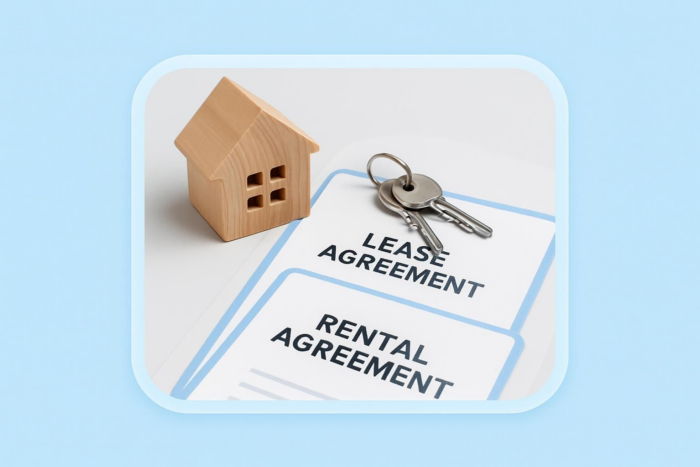As a real estate agent, you’ll encounter a wide variety of contracts during your career. If you assist clients with rental properties, two of the most common contracts are lease and rental agreements.
At first glance, these contracts may seem similar, but key differences make each type better suited to specific situations. When you understand these differences, you can help your clients choose the option that’s best for their situation and goals.
Both lease and rental agreements outline key aspects of the landlord–tenant relationship. The main difference between these contracts lies in the duration of their terms.
Lease agreements typically cover longer-term arrangements, often lasting 12 months or more. In contrast, rental agreements are usually shorter term, often operating on a month-to-month basis with automatic renewal at the end of each month.
This timeline difference has distinct pros and cons. A lease’s long-term structure gives a landlord the peace of mind of knowing that someone will occupy their property for the long term. There won’t be a scramble to find a new tenant every few months, and landlords can rely on that predictable income. However, when a landlord and tenant sign a lease agreement, they’re agreeing to a fixed rental cost that doesn’t change until the lease period ends. If the market fluctuates and rent prices increase, the landlord could lose out on money, especially if they’ve signed a long-term lease lasting two or three years.
Rental contracts come with their own set of pros and cons. Their short-term nature means tenants may only stay a few months before moving on to another property. The property might be vacant for a month while the landlord finds a new tenant, and if this occurs repeatedly during a year, landlords can lose out on significant rental income. Tenant screening is also a time-consuming and expensive process that can affect a rental property’s income. However, short-term agreements allow property owners to increase monthly rent prices to reflect rising market rates, which can help to ensure they continue to make a profit.
The similarities between a lease and rental agreement
While leases and rental agreements aren’t quite the same thing, they share some key similarities. Both types of contracts usually include standard items, such as tenant and landlord contact information, the length of the tenancy, guidelines for disruptive behaviors, procedures in case of damage to the property, and more. They also specify related fees, including rent, security deposit, pet deposits, and additional fees, like parking, as well as which party is responsible for utilities.
Both contracts include fields for the landlord’s and tenant’s signatures, as well as fields for the date of signing.
Lease agreements and rental agreements will include these key elements, but the contracts can also vary, depending on the situation. They might include additional information for certain situations, like when pets are allowed. The contracts may also include disclosures about mold or asbestos. Some contracts will also include rules regarding usage of the property.
How Jotform Sign simplifies lease and rental agreements
Managing lease and rental agreements doesn’t have to be a paperwork headache. With Jotform Sign, real estate agents and landlords can streamline the entire signing process — from document to final signature — in a secure, fully digital environment.
Jotform Sign allows you to build custom lease or rental agreement templates using drag-and-drop fields, ensuring every document includes the necessary details like rent amounts, security deposits, pet policies, and more. You can also start with one of Jotform’s ready-made real estate templates, including lease agreements, rental applications, and property inspection forms — all fully customizable to suit your needs.
For real estate professionals handling multiple properties or tenants, Jotform Sign also offers features like automatic reminders, audit trails for legal compliance, and integration with popular tools like Google Drive, Dropbox, and CRM platforms. These features not only save time but also reduce the risk of missing signatures or storing incomplete agreements.
Whether you’re managing long-term leases or short-term rentals, Jotform Sign offers a convenient and efficient way to get documents signed — and keep your rental process moving forward.
This article is designed for real estate agents, landlords, and property managers who regularly handle rental contracts and want to simplify their document workflows.























Send Comment: